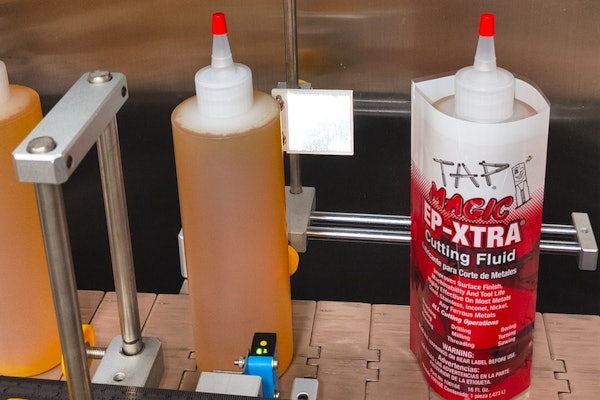“One man’s ceiling is another man’s floor,” Paul Simon sang in 1973.
Manufacturing ceased to be a core competency for many brand marketers years ago. Likewise, competing against leading brands holds little interest to co-packers for whom the whirring, buzzing and clanking of machinery provide a source of endless fascination, and opportunity.
Decades of upheaval across the industrial economy have led to an uncoupling of top-floor management and plant-floor production. Today, brand owners no longer need to maintain physical plants, which, like distribution centers, are essentially stops along the supply-and-value chain. No matter who owns the plant, the brand’s success or failure hinges on the efforts people undertake in service to the brand.
Like Bob “Zimmy” Dylan croaked in 1979: “They may call you Doctor or they may call you Chief / But you’re gonna have to serve somebody.”
To maintain quality in a contract service arrangement, the walls and ceilings between participants’ cultures and business processes must come down.
Many co-packers and their customers understand each other well, especially because so many walk in each others’ shoes, evidenced by the co-packers who own brands and CPG, pharma and other firms supplementing their plant capacity with some co-packing of their own. In reality, it’s not so easy for partners to integrate their business processes, which requires an investment in information technology.
Too many co-packers waste time writing, keying and re-keying quality and performance metrics into their customers’ remote enterprise or supply chain interfaces. And too many brand-owners are saddled with inflexible business systems—namely SAP’s Production Planning and Materials Management modules—that can’t distinguish between a brand-owned plant and a co-packing site.
Are you working to overcome these hurdles? Give me some details—on the record—and I’ll give you a soapbox in these pages and online. My inbox is open.
























